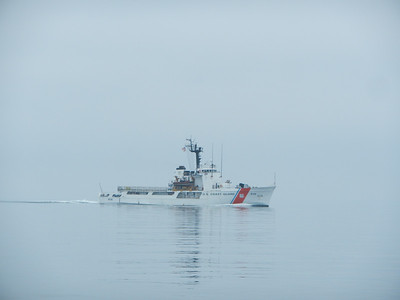So for those who have travelled the west coast, weather is a big issue. So a few questions:
1. What do you use to check weather? Rely soley on NOAA brodcasts or something else.
2. What is a "go" situation for you?
3. What is a "no-go" situation for you?
4. How far out from the coast do you travel?
I just did that trip in a 42' trawler. Here's some of what I learned:
NOAA, the Navy site and buoy reports are good sources but not infallible.
One day, as I sat in Ft Bragg waiting for good weather, I stumbled into an old timer commercial fisherman, a been-there-forever-small-town-icon with an amazing boat and a great record of success and safety.
After we talked for an hour he looked up at the sky for about 30 seconds and told be I'd better get going to my next stop, Shelter Cove, about 60 nm north.
***Broadcast conditions were Small Craft Warning coastal, Gale Warning 10 miles out - I couldn't believe what he was suggesting***
He said if I waited for weather on a day like that I might be there forever. Watching the clouds above he liked what he saw (they weren't moving very fast); "It's a beautiful day, just go for it but remember -
you can always turn around and come right back".
Despite the Small craft/ Gale warnings I followed his suggestion and left the harbor. The seas to Shelter Cove were almost glassy all the way... it was one of the nicest calmest days of the trip.
All that said; the real trick is to turn around if things do get bad.
Don't wait too long to make that decision. Surfing back to the last port is a lot calmer than going up but spinning the boat around if the waves are huge is no fun at all. And obviously, don't go if the radio and your eyes agree it's just a plain bad day.
How far out is easy: Close in, period. Take a Coast Pilot with you and navigate from one point to another, including the Capes. I know that goes against popular online thought (and I can't speak to the sailors in the room) but I consider my sources very very carefully before taking advice. Staying 2 to 5 nautical mikes came from a Foss Maritime Master that's been making the trip over 30 years. He's pulled fuel barges 1.5 miles off shore to avoid rough sea. And that advice was echoed all the way home from every Coast Guard person I spoke with - including 2 offshore instructors.
Fun trip - Good Luck!













